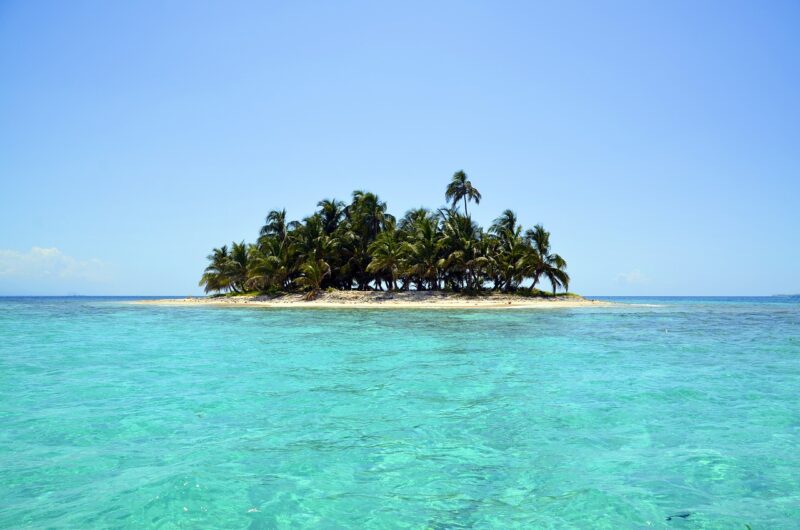
Exploring remote islands offers a chance to experience a world that feels untouched by modern conveniences. These isolated paradises are not just geographical locations; they embody a lifestyle that stands in stark contrast to our fast-paced, tech-driven existence. In this article, we will delve into several remote islands around the globe where time seems to stand still. From their unique cultures to breathtaking landscapes, you will discover why these islands are considered true escapes from the ordinary.
1. The Allure of Isolation
The idea of isolation invokes a sense of freedom and adventure. For many, the bustling life of cities creates a longing for peace and quiet—a space where the sound of nature can replace the constant chatter of urban life. Isolated islands often bring the promise of tranquility, adventure, and a unique cultural experience. Whether for a brief escape or a longer-term visit, the allure of these destinations remains irresistible.
Why do people seek remote destinations?
- Digital Detox: In a world inundated with smartphones and laptops, stepping away from screens can be revitalizing. Many islands have limited connectivity, allowing visitors to recharge their minds and reconnect with nature.
- Cultural Immersion: Remote islands often harbor unique traditions and customs, providing an authentic experience where visitors can engage with locals and their way of life.
- Natural Beauty: The stunning landscapes—from pristine beaches to lush forests—are often the main attractions, creating a backdrop for a perfect getaway.
2. Socotra Island, Yemen
Located in the Indian Ocean, Socotra Island is renowned for its otherworldly flora and fauna. Often described as one of the most alien-looking places on earth, approximately one-third of its plant life is found nowhere else on the planet.

In addition to its distinctive biodiversity, Socotra boasts beautiful landscapes with limestone mountains, stunning beaches, and ancient trade routes. The warm hospitality of the local Soqotri people adds to the island’s charm. Here, you can hike through vast mountainous terrains or relax on the untouched beaches, all while experiencing a culture that cherishes simplicity and connection to nature.
3. Tristan da Cunha, South Atlantic Ocean
Dubbed the most isolated inhabited archipelago in the world, Tristan da Cunha is situated roughly 2,400 kilometers from the nearest inhabited land. It is home to about 250 residents, who have established a close-knit community.
The island is accessible only by boat, making it a true journey into solitude. Visitors are greeted by landscapes characterized by volcanoes, cliffs, and incredible wildlife, including seabirds and seals. Despite its isolation, the local community welcomes visitors, offering chances to fish, hike, and partake in island life.
4. Fernando de Noronha, Brazil
While not completely isolated, Fernando de Noronha is an archipelago that maintains strict regulations to protect its environment. The stunning beaches and rich marine life—perfect for diving and snorkeling—are well worth the journey. Here, visitors can explore lagoons, enjoy hiking trails, and revel in the beauty of nature without the distractions of urban life.
The islands’ conservation policies ensure that the natural beauty remains untouched, making each visit an opportunity to reconnect with nature in its purest form.
5. The Faroe Islands, Denmark
Known for their dramatic landscapes of steep cliffs, waterfalls, and grassy hills, the Faroe Islands are located between Iceland and Norway. The islands have a rich Viking history that can be felt throughout their villages.
Visitors can engage in traditional activities such as sheep herding, fishing, and exploring the intricate folklore that shapes the island culture. The remoteness of the islands creates an air of peace, making it an ideal escape for those seeking a slower pace of life.
6. The San Blas Islands, Panama
The San Blas Islands feature an enchanting archipelago of over 365 islands, each offering breathtaking beaches and crystal-clear waters. Home to the indigenous Guna people, these islands are rich in culture and tradition.
Visitors can explore indigenous markets, enjoy the vibrant local cuisine, and engage with the traditions of the Guna while experiencing the serene beauty of their surroundings. The islands are largely undeveloped, making them a pristine escape for anyone looking to unwind and soak up the sun.
Conclusion: Embracing the Timelessness
Visiting remote islands provides a unique opportunity to step back in time and savor a lifestyle that deviates from the hustle and bustle of modern society. Whether trekking through the surreal landscapes of Socotra, exploring the isolating beauty of Tristan da Cunha, or enjoying the tranquillity of the San Blas Islands, these destinations remind us of life’s simpler pleasures.
The journey to these isolated havens is not just about the destination; it’s about embracing a way of life that values connection to nature, community, and the unhurried passage of time. So, pack your bags, abandon your digital devices for a while, and embark on a journey into isolation where time truly stands still.







